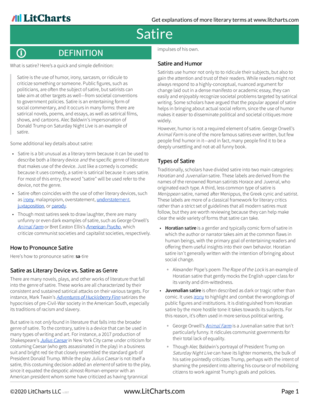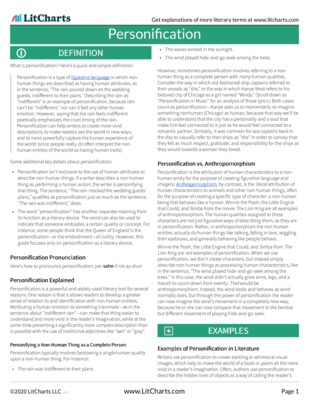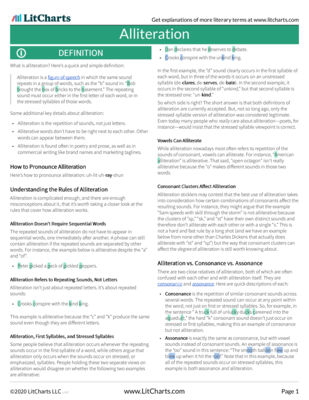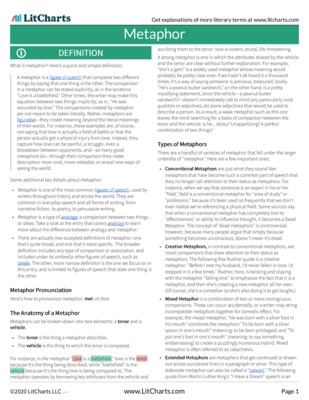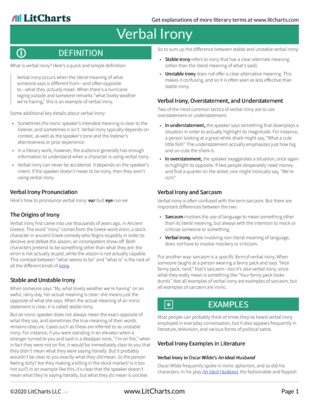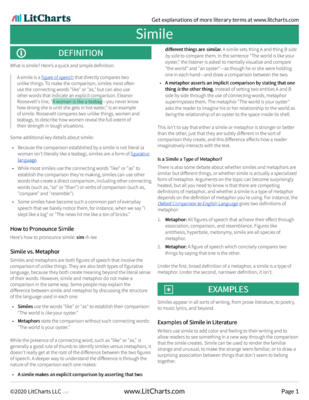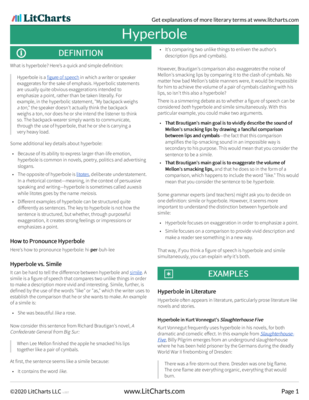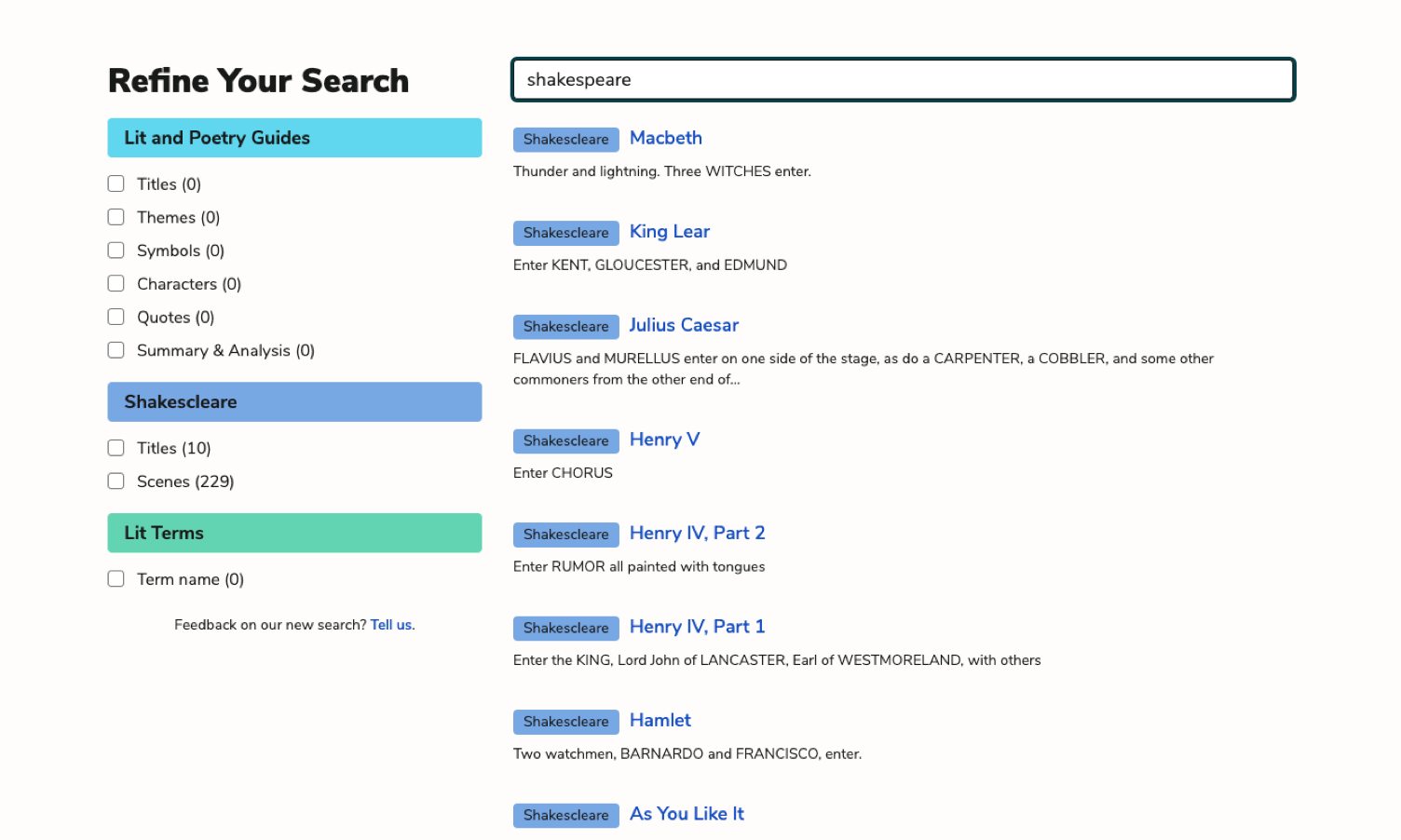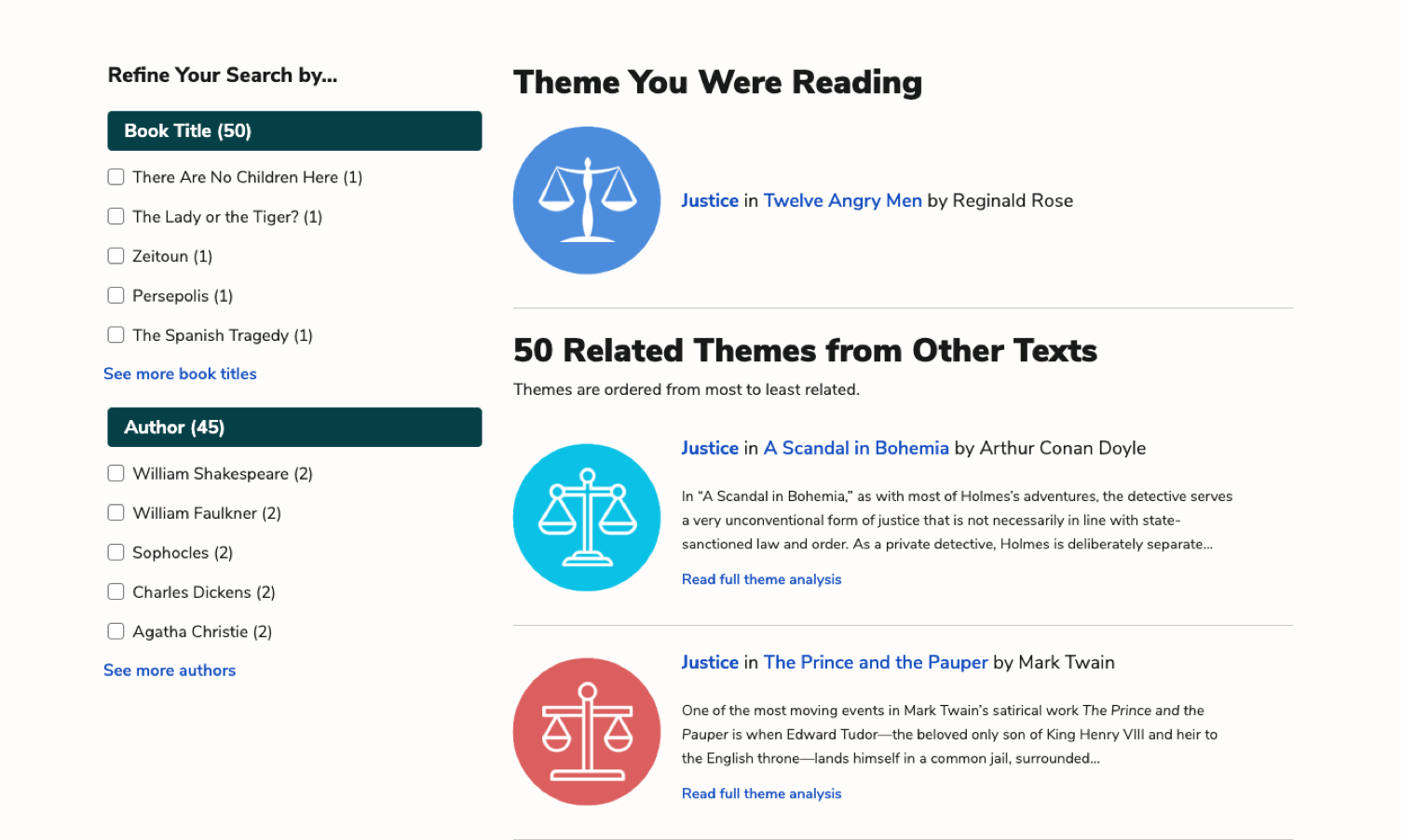- All's Well That Ends Well
- Antony and Cleopatra
- As You Like It
- The Comedy of Errors
- Coriolanus
- Cymbeline
- Hamlet
- Henry IV, Part 1
- Henry IV, Part 2
- Henry V
- Henry VI, Part 1
- Henry VI, Part 2
- Henry VI, Part 3
- Henry VIII
- Julius Caesar
- King John
- King Lear
- Love's Labor's Lost
- A Lover's Complaint
- Macbeth
- Measure for Measure
- The Merchant of Venice
- The Merry Wives of Windsor
- A Midsummer Night's Dream
- Much Ado About Nothing
- Othello
- Pericles
- The Rape of Lucrece
- Richard II
- Richard III
- Romeo and Juliet
- Shakespeare's Sonnets
- The Taming of the Shrew
- The Tempest
- Timon of Athens
- Titus Andronicus
- Troilus and Cressida
- Twelfth Night
- The Two Gentlemen of Verona
- Venus and Adonis
- The Winter's Tale
plus so much more...
-
Alliteration
"An Arundel Tomb" uses alliteration fairly regularly throughout its seven stanzas. Oftentimes, this takes the form of sibilance. The first example comes immediately in the poem:
Side by side, their faces blurred,
The two /s/ sounds form a pair, and the pairing of sounds is used throughout the poem ("plainness" and "pre-baroque" in line 7, "his left-hand" in line 9, etc.). Of course, sound-pairs are a way that the poem can gently hint at the poem's main pair: the earl and countess, who have been paired together for a number of centuries by this point (in life, death, and stone). The /s/ sounds are themselves "side by side."
The next key example comes in stanza 2. In fact, there are two important uses of alliteration one after another:
... a sharp tender shock,
His hand withdrawn, holding her hand.The /sh/ sounds have a sort of tenderness and sharpness to them all at once, and, in being used for the first time in the poem, might come as a surprise on the reader's ear—mirroring the speaker's surprise at noticing the way in which the earl and countess are depicted holding hands. The /h/ sound—the first letter of "hand," of course—then dominates the following line, showing the permanence of the earl and countess's pose cast in stone. The /h/ grips the line, mimicking the action of holding hands.
Later, the alliteration of the /t/ sound in lines 37 to 38 underscores the thematic connection between the stone effigies, the passage of time, and truth itself:
Time has transfigured them into
Untruth. The stone fidelityThis connection is bolstered by the consonance of "into" and "fidelity." Altogether, the insistence on the /t/ sound here suggests the inevitability of "truth" or intention changing over time—even for objects made of stone.

|
PDF downloads of all 3054 of our lit guides, poetry guides, Shakescleare translations, and literary terms.
PDF downloads of all 1910 LitCharts literature guides, and of every new one we publish.
Learn more
|

|
Explanations for every quote we cover.
Detailed quotes explanations (and citation info) for every important quote on the site.
Learn more
|

|
Instant PDF downloads of 136 literary devices and terms.
Definitions and examples for 136 literary devices and terms. Instant PDF downloads.
Learn more
|

|
Compare and contrast related themes.
Compare and contrast Related Themes across different books.
Learn more
|

|
Teacher Editions for all 1910 titles we cover.
LitCharts Teacher Editions for every title we cover.
Learn more
|

|
PDFs of modern translations of every Shakespeare play and poem.
PDFs of modern translations of every Shakespeare play and poem.
Learn more
|

|
Advanced search across our collection.
Advanced Search. Find themes, quotes, symbols, and characters across our collection.
Learn more
|

|
Line-by-line explanations, plus analysis of poetic devices for lyric poems we cover.
Line-by-line explanations, plus analysis of poetic devices for every lyric poem we cover.
Learn more
|


For every lyric poem we cover.
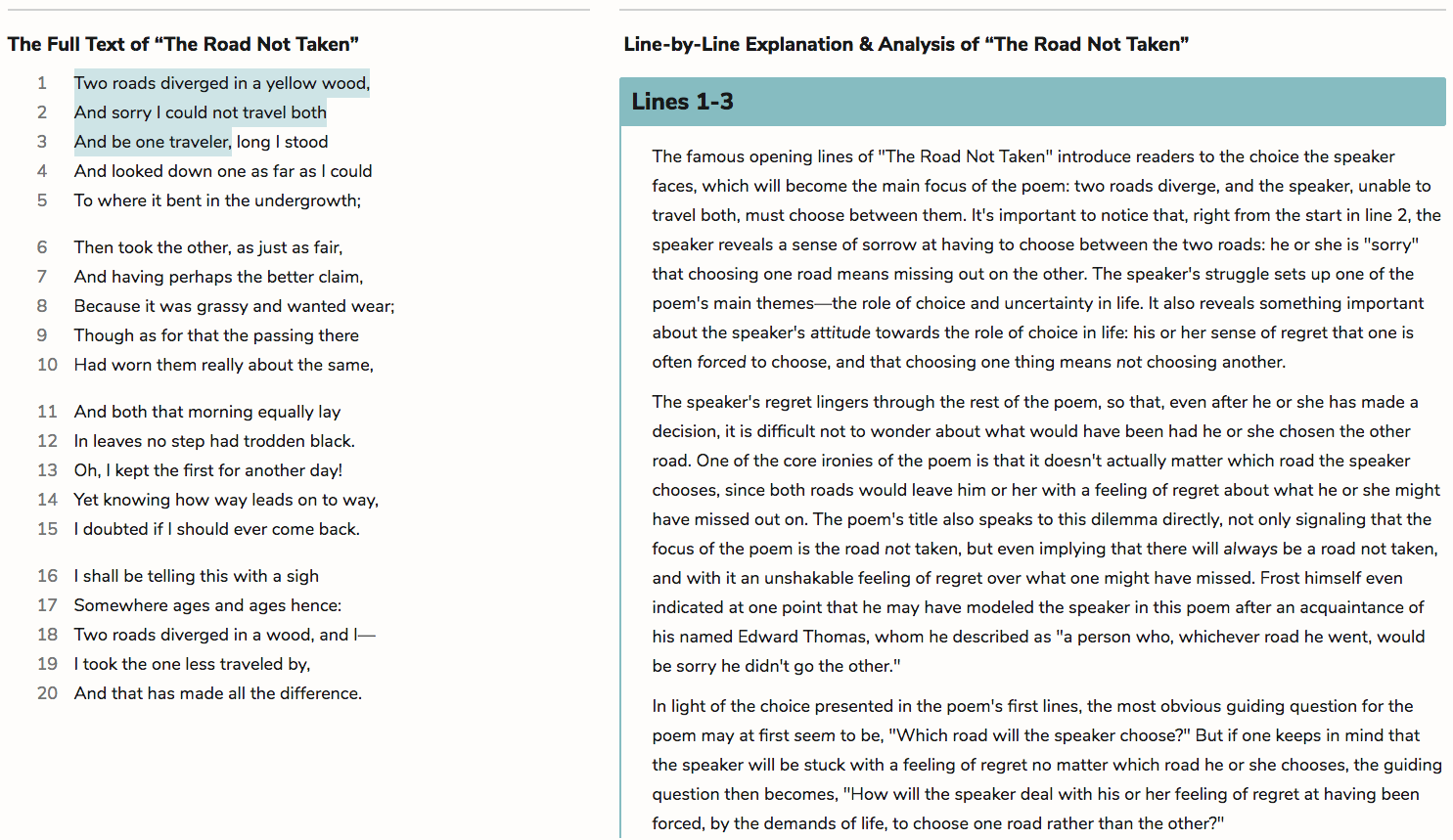


Literature Guide PDFs
LitCharts PDFs for every book you'll read this year.



Quotes Explanations
For all 42,228 quotes we cover.
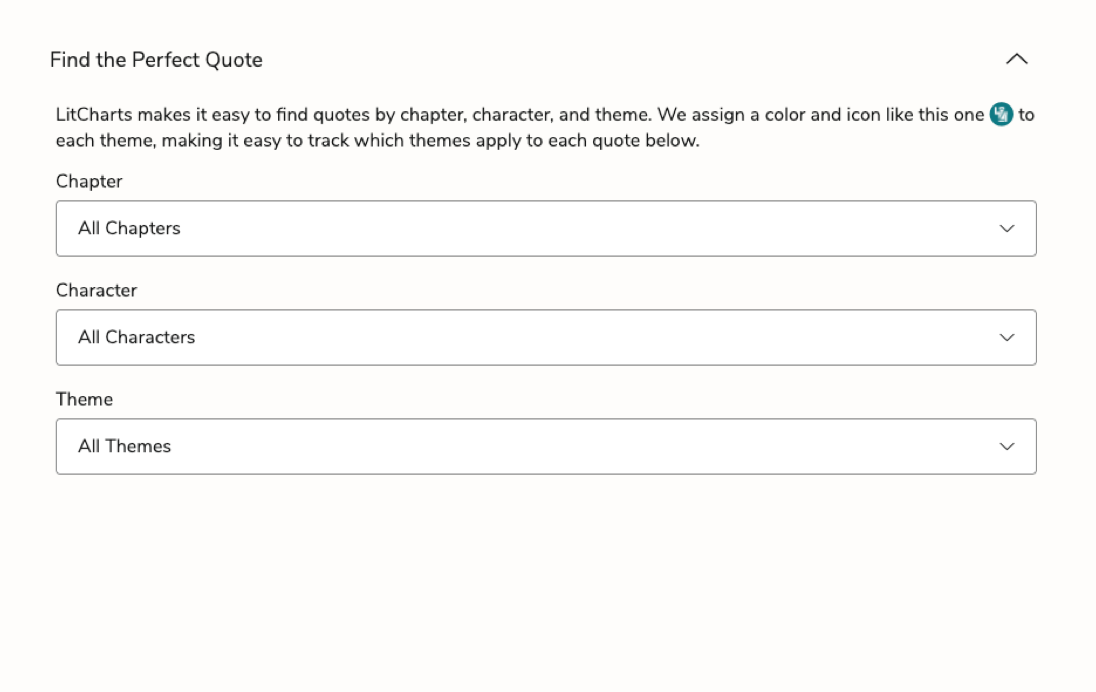
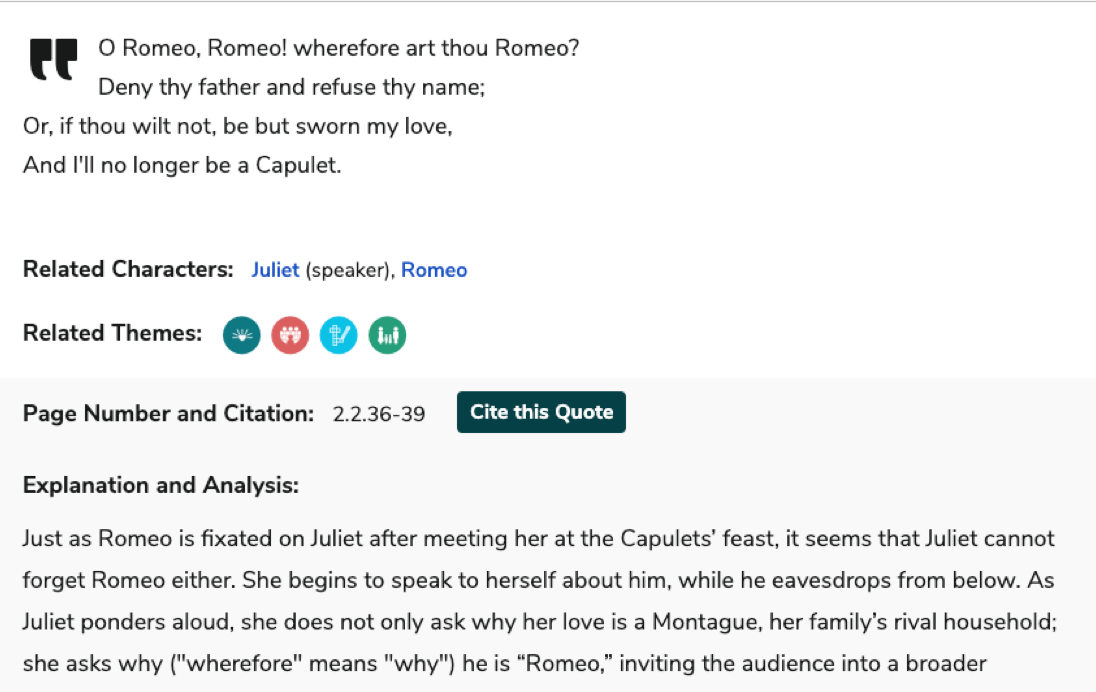
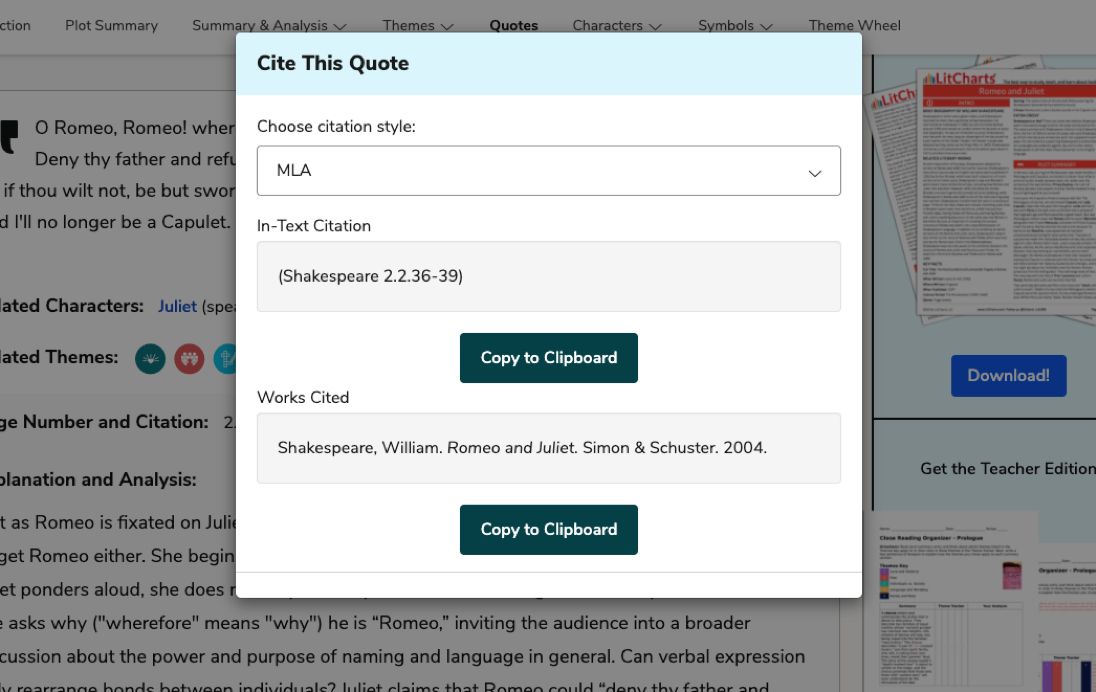


Teacher Editions
Time saved for teachers.
For every book we cover.
Common Core-aligned



PDFs of modern translations of every one of Shakespeare's 37 plays, 154 sonnets, and 3 longer poems.


Plus a quick-reference PDF with concise definitions of all 136 terms in one place.
